Inside OCZ's Factory: How SSDs Are Made
by Kristian Vättö on May 20, 2015 8:30 AM ESTPackaging
Once the drive has exited the validation station without any errors, it's considered to be fully functional and is ready to be packaged.
Before the drive is put inside the retail package, the labels are put on the metal chassis. Currently this is done manually and requires extreme precision from the worker, but this is an area OCZ is looking to automate to reduce costs and increase the throughput of the factory.
The folding of the cardboard retail boxes has already been automated and is done by the machine above.
The drives and accessories are put inside the retail box by hand and the last step in the process is to wrap the complete box in plastic. The wrap is folded over itself, resulting in a pocket where the retail package is pushed into. The package will then go through a heat tunnel, which shrinks the plastic a creates a tight wrap.
The retails boxes are then put inside 10-drive shipping boxes. The shipping boxes and the black holders have actually been designed by OCZ and are something that Mr. Van Pattern introduced shortly after joining the company. The new design is much more tolerable to drops and pressure in order to keep the retail packages cosmetically in tact and the 10-drive size is easy to ship around. OCZ does drop tests periodically to ensure that both the retail package as well as the shipping box quality hasn't degraded and the drives are safe.
The last stop for the drive before it's shipped out is, of course, the warehouse, which also concludes our factory tour.
Final Words
First of all, I'd like to thank OCZ and PTI for giving us the exclusive inside look of their factory. Usually we only get to see the final product, but not the steps that are taken to develop and build the drive. As we saw, the actual assembly process of an SSD is not very complex, but there is a tremendous amount of continuous testing to keep the quality high. Some tests, such as the box drop test, may seem a bit redundant, but ultimately it's these little things and aspects that build a high quality product.
That said, I'm not an engineering or manufacturing expert, so it would be wrong for me to "review" OCZ's processes. What I can say, though, is that OCZ's attitude towards quality and reliability has completely changed. In the past it wasn't unheard of that a product would only spend roughly three months in development before entering mass production, but now even the qualification phase of the development process is typically longer.
All in all, the new OCZ is well aware of its questionable quality reputation from the past and is now doing everything it can to build the trust back. It won't happen overnight, but opening up the whole development and manufacturing process is a way of showing that OCZ has nothing to hide when it comes to quality.


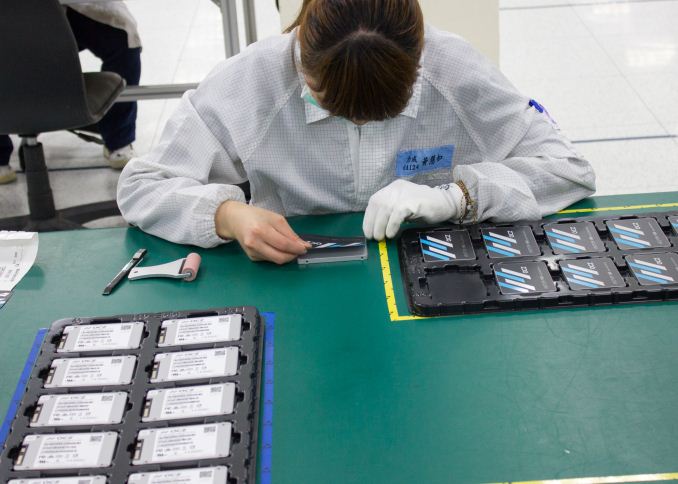
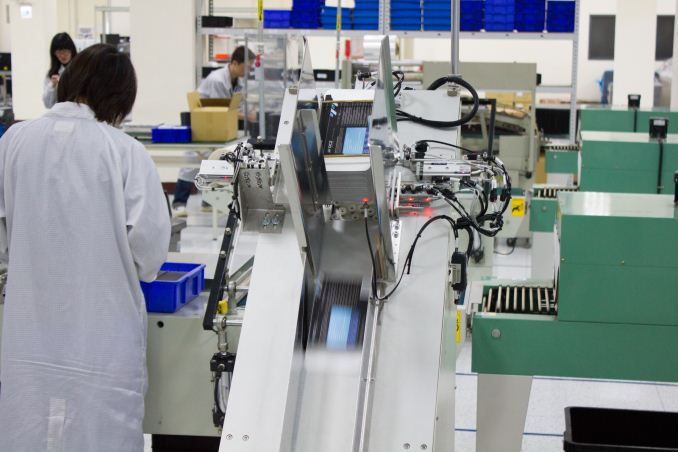
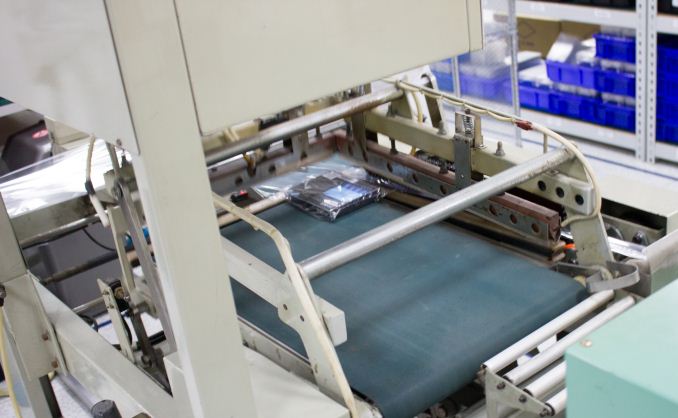
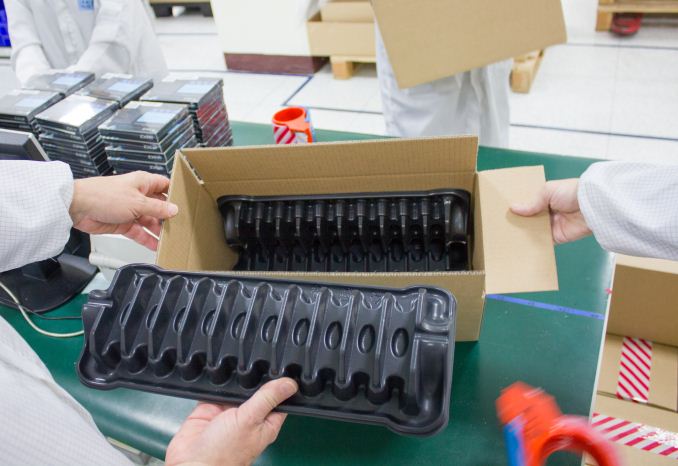
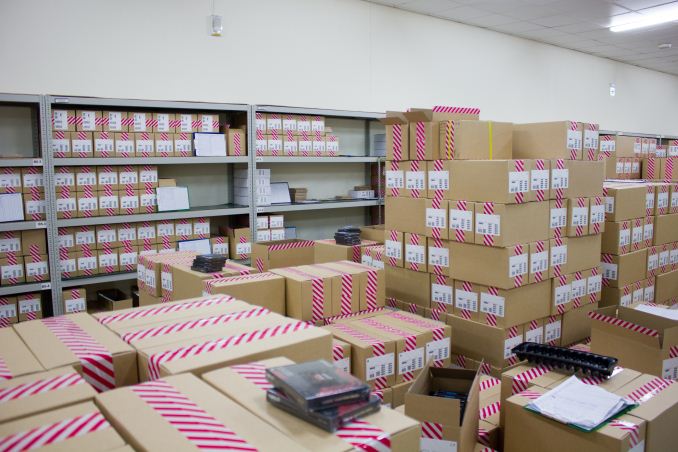








64 Comments
View All Comments
caleblloyd - Tuesday, May 19, 2015 - link
Pagination links are broken, on mobile at least... Can't navigate to page 2 to see the factory :(Kristian Vättö - Wednesday, May 20, 2015 - link
On my end everything seems to work fine (even on mobile). What happens if you try to access the second page directly?http://www.anandtech.com/show/9218/ocz-fab-tour/2
close - Wednesday, May 20, 2015 - link
I have to ask, as some things look surprising to me:1) So every new SSD already has 8 times the capacity of data already written to it? Or is it just QC and natch testing?
2) I always imagined the FW write process as being automated. But this looks like a lot of manual work to connect each drive by hand and write the FW. Again, is this the standard process or only during the initial testing phases?
close - Wednesday, May 20, 2015 - link
And on the same note, I always assumed the labeling process is automated. Either they have really low volume or labor is THAT cheap.menting - Wednesday, May 20, 2015 - link
i'm not the official answer, but it should already have 8 times the capacity of data written in, and then the firmware should zero out the counts.close - Wednesday, May 20, 2015 - link
What I'm not sure is if this happens to all drives or to selected drives, assuming that if a few drives are OK the whole batch must be. Also, the testing is done after writing the FW. Is the FW "pre-configured" to ignore the first 8 writes per LBA or do they go through connecting them to PCs all over again to reset the written data counter?dreamslacker - Wednesday, May 20, 2015 - link
They would do it for every SSD. The actual usable capacity of the modules aren't fixed or a known quantity until you actually test every cell. During this phase, you will also know which cells are 'bad' and to discard/ repair the SSD if the remaining usable cell count is lower than the set limits.The usable cells will then be mapped into the table so the controller knows what cells to avoid using.
This procedure is done on mechanical disk drives too since the actual platter capacity isn't a fixed number either.
As for the write or test process, it depends on the volume and the manufacturer. If volumes are high enough, you might not even have workers handling the F/W write or test process. A fully automated robotic arm and conveyor belt system would handle the drives and label them accordingly. Leaving the workers to package the drives.
MikhailT - Wednesday, May 20, 2015 - link
1. Correct, this is what is known as the "burn-in" period. You have to write to every single NANDs or even hard drive platters a few times to make sure it is working. Many company burn in computers as well, they finish building it and then run a custom automated tool to benchmark it severely for several hours before they can ship it to you.Think about the electronics, 90% of the defects (my experience and others I've talked to) are usually found within the first few days of use. That's usually a sign that the company did not properly burn/test the device in before shipping it to you.
2. It depends on the experience of the company. It cost a lot of money (machines are expensive and you have to hire people to figure these things out) to start automating the stuff and it would actually be cheaper initially to do it by hand as you have less volume to work with. As you get more money from your business revenue and volume starts to ramp, you then hire a few folks to figure out how to automate things, if it is cheaper and worth, you then invest hundred of thousands of dollars or millions to buy these equipment. That's why in the first page, it talks about this in phase 3 about committing the funds in terms of millions of dollars.
close - Thursday, May 21, 2015 - link
I assumed this is done before assembling the product. So you bin the chips, check them for errors, etc. before you solder them to a PCB. This way even if you're not the manufacturer of the NAND you still get to differentiate between chips and put the better ones in better products.If you do the burn in and checking for defects AFTER they're soldered you're basically guaranteeing that all defects will be remedied at extra cost.
Kristian Vättö - Thursday, May 21, 2015 - link
NAND binning is usually done by the NAND manufacturer or packager, but there may (or actually will) still be bad blocks. The purpose of run-in testing is to identify the bad blocks so that the controller won't use them for storage as that could potentially lead to performance issues or data loss.